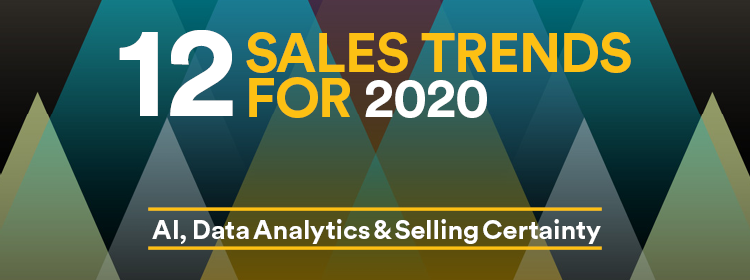
Sales Trend 7 from the Barrett 12 Sales Trends Report for 2020 looks at the benefits, downfalls and ethical issues that arise for businesses from collecting and using data.

Sales Trend 7 from the Barrett 12 Sales Trends Report for 2020 looks at the benefits, downfalls and ethical issues that arise for businesses from collecting and using data.
New Article Email Notification